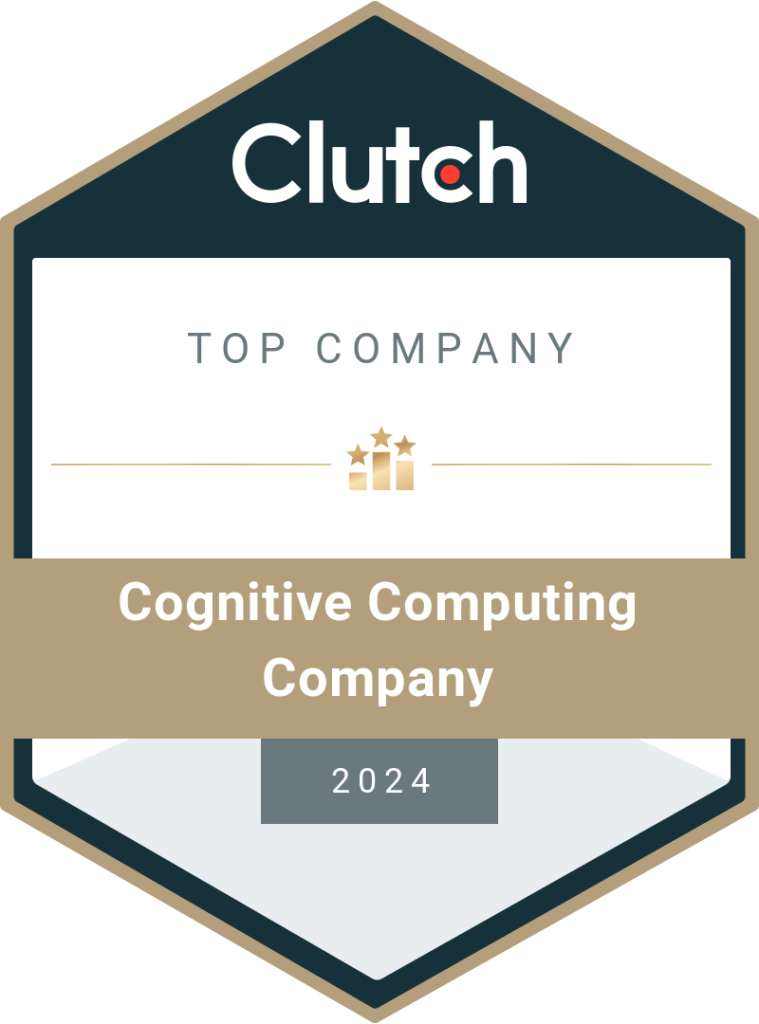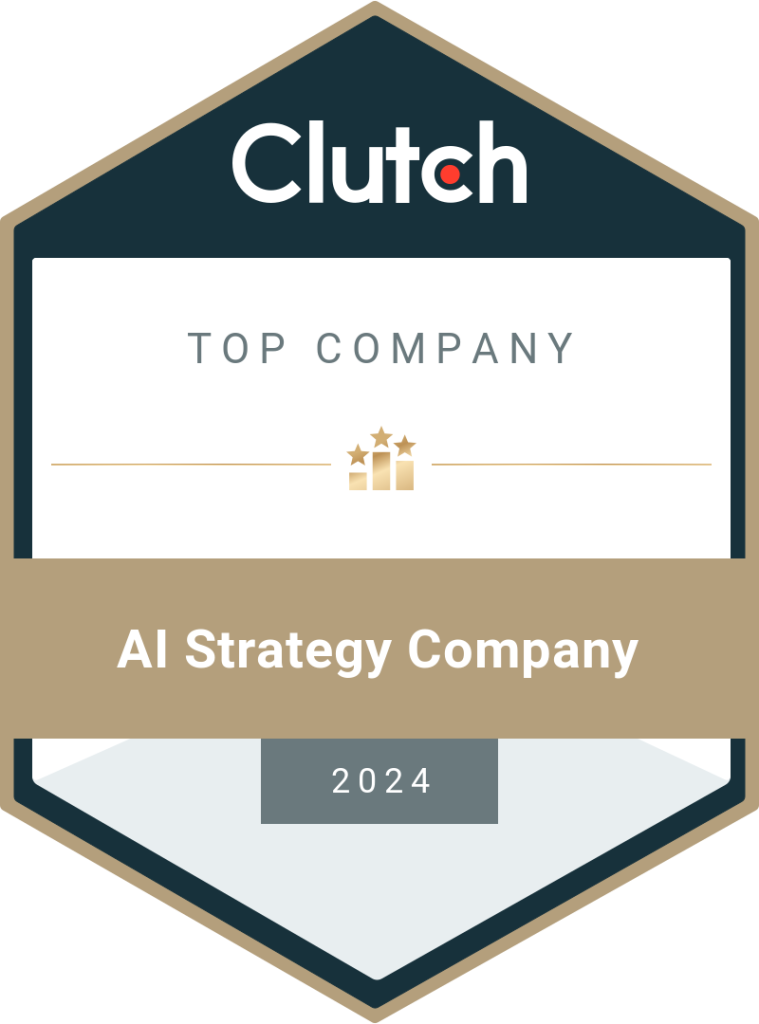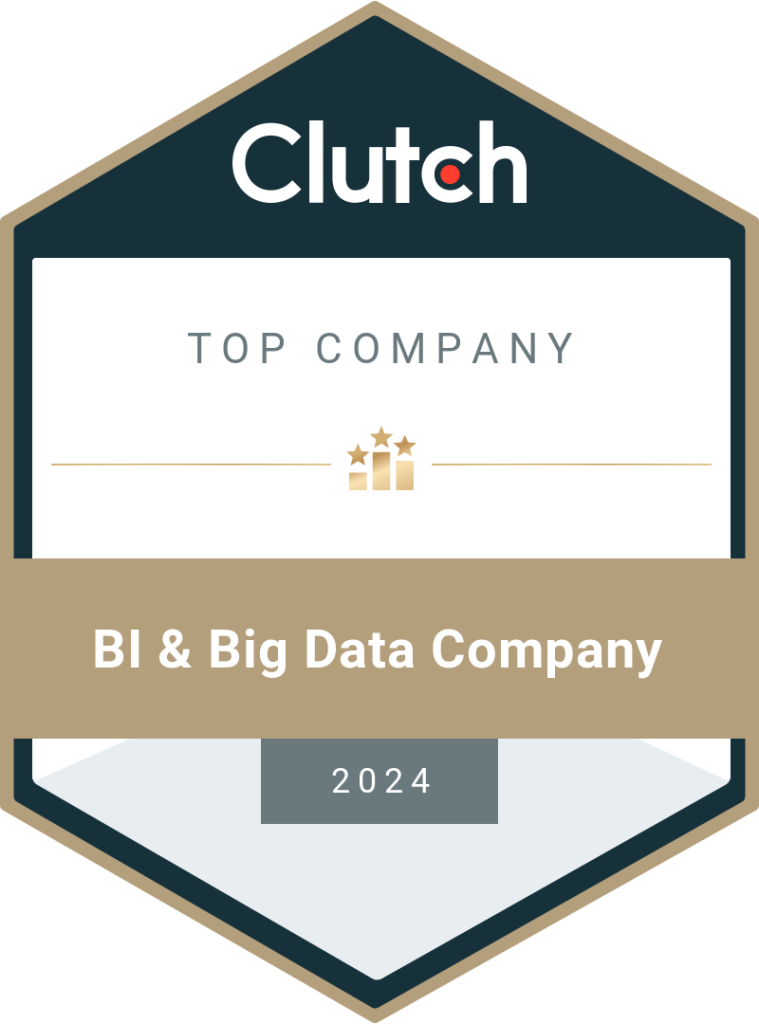How to Achieve Clean, Usable Datasets with Data Analytics?
Data quality is a major concern for businesses and has to be dealt with effectively to promote decision-making based on a data-driven model. Here, we’ll discuss how to clean datasets and make them more usable to derive actionable data analytics insights. Data is the core of every business in today’s world. With about 402.74 million terabytes of data being created each day, you cannot ignore the importance of identifying useful insights by collecting and analyzing relevant parts of this data. From social media posts to generative AI tools, business transactions, consumer searches, promotions, and just about everything else, a business has multiple data sources to track and connect with its systems. Additionally, the ERP, HRM, CRM, and other business management software also have vital data about markets, customers, products, services, competitors, and more. However, to set up high-quality data analytics in your organization, you need more than data and tools. You need clean and usable data that can provide reliable insights and help in decision-making. The data collected from sources is not clean. It is raw data in multiple formats and has duplicates, missing information, incorrect tags, etc. So, a successful business doesn’t just require data. It should have clean, refined, and enriched data to give accurate insights and promote data-driven decision-making. How do you achieve this? How to determine if your business data is of good quality? How to enrich data and why? Let’s find out in this blog. What are the Business Risks of Using Unclean or Raw Data? Do you know that poor data quality costs $12.9 million every year on average? According to Salesforce, poor data quality can cost a business 30% of its average revenue. This is a high number to ignore. Yet, some businesses don’t implement data cleaning and refinement processes due to the costs and struggle with low-quality and incorrect insights. But what are the risks of using unclean data? Why should you invest in data cleaning techniques to improve the quality of your business datasets? Inaccurate Forecasting Historical business data is analyzed to identify hidden trends and patterns and provide predictions for future planning. Sales forecasting is useful to measure the possible interest in a product or service among various markets. It helps identify the demand vs. supply ratio and determine the production capacity, promotional campaigns, sales targets, etc. If poor-quality data is used for forecasting, you will end up with incorrect insights and wrong planning. This could literally benefit your competitors as you struggle to make last-minute changes. Incorrect Customer Segmentation Customer segmentation is necessary for personalized marketing. You should know where your customers are from, their purchase habits, behavior patterns, preferences, etc., to target them with tailored ads and promotional offers. With missing or outdated customer data, your marketing campaigns will not give the expected results. Imagine spending thousands of dollars on ads only to get the bare minimum returns. Such data analytics errors can be avoided if your business datasets are clean. Compliance and Legal Concerns Apart from financial issues, poor data quality also results in compliance risk. Industries like insurance have to follow stringent data policies for greater transparency and accountability. Moreover, depending on the geographical locations, you have to adhere to different data security and privacy laws when using customer data for analytics. A misstep at any point can lead to lawsuits and other complications. It could affect the brand name and push customers away from the business. Mismatch in Resource Allocation No enterprise has unlimited resources. You should allocate resources carefully based on the requirements of each department or process. Wrong insights due to unclean datasets can negatively affect resource allocation. This could result in wastage of precious resources or bottlenecks due to a lack of sufficient resources for critical processes. The money spent on the entire process can end up as a loss in either instance. High-quality datasets mitigate such risks and play a role in optimizing operations for greater efficiency. In short, we can summarize the risks using a popular statement, ‘garbage in = garbage out’. If you use poor-quality data, the outcome will be equally poor and lead to a multitude of losses for the business. The sooner you fix the issue, the less the risk of affecting your organization in the long run. That’s why end-to-end data engineering services include data cleaning and refinement using different techniques. How can the organization assess if it needs professional data analytics and enrichment services? Every business that uses data for analytics needs professional data cleaning and enrichment services. Here are a few ways to assess the business datasets to hire a reputed data engineering company for streamlining the entire process. Data Audit Data auditing is the process of carefully and thoroughly reviewing the datasets to identify inconsistencies, missing values, duplication, etc. The audit report provides insights into how much effort is required for data refinement. Data Profiling Data profiling is the process of analyzing data to examine its quality, understand the structure and the content, identify anomalies, etc. It helps highlight inconsistencies and errors that result in low-quality data. Data Validation Data validation is the process of ensuring that the business data is clean, accurate, and reliable to derive meaningful insights. It helps in preventing invalid data from being used for analytics and promotes data enrichment to improve the overall data quality. While these processes require resources like time and money, they are necessary to get a clear picture of where things stand in your business. You can partner with data analytics or data engineering companies to perform these assessments and provide recommendations for data cleaning. Typically, this is the first step to implementing the data-driven model in an organization. How Can Data Cleaning Improve Decision-Making in an Organization? Data cleaning is a part of data refinement, which can ensure high-quality datasets for analytical insights. Simply put, data refinement is the process of transforming raw data into usable and quality datasets to support data-driven decision-making. It involves multiple processes, such as the following: Data
Read More






